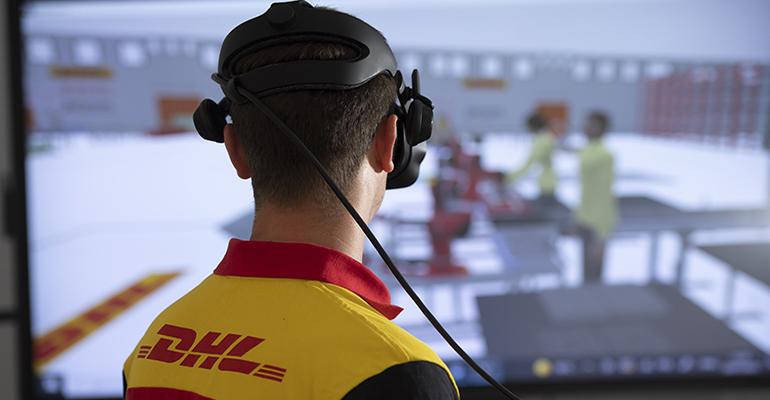Improving sustainability is complex issue, requiring a holistic approach from businesses, taking into account everything from materials sourcing to closed loop systems and considering a blend of both ‘reduce’ and ‘reuse’ strategies. By making smaller changes throughout the supply chain it is possible for an organisation to make a significant impact.
With growing awareness of ethical sourcing strategies, it is now far more important for businesses to consider not just the materials in their packaging but also their provenance. The raw materials and energy used are key components of environmentally friendly packaging design, so using renewable resources where possible is an important step forward.
For example, if wood or paper is required then working with suppliers to ensure the fibre is sourced from sustainably managed forests with the appropriate certifications can give a business the confidence that they are not depleting finite resources. It is also possible to check the source of biomass used in biopolymers to ensure that it is being obtained in a sustainable manner. Alongside this, ensuring suppliers are using renewable energy in the production process is an important point to consider. Finally, as printing innovations have developed, we are now able to reduce reliance on solvent-based inks, improving overall environmental credentials.
Thinking about the ‘reduce’ strategies, packaging innovations now means that businesses can use fewer materials, or make them thinner and lighter, to improve their sustainability. Within the logistics industry plastic shrink wrap is staple packaging material, as it is effective, cheap, versatile, and easy to use. The downside is significant waste. A newer alternative which is high efficiency fibre-reinforced stretch films, which provide high levels of protection with less material, reducing both costs and the quantity of waste generated. In the context of e-commerce operations, businesses need to balance the need for robust packing that can withstand the standard number of ‘drops’ in a transaction with the need to improve their sustainability. Here, clever design and usage of materials help with the creation of packaging that provides the necessary protection, while also reducing the overall volume of materials used.
It is not just the footprint of the packing itself that can be improved. In fact, packaging can be used as tool to improve the carbon efficiency of an item as it moves through the supply chain, in terms of optimising space and reducing journeys. At DHL we use proprietary Carton Optimization tool OptiCarton in our warehouses, which helps us to maximize carton and pallet space by calculating density, size and weight to best arrange packages. By giving packers an optimal choice of box sizes, this waste of space can be reduced, and more efficient use can be made of goods vehicles, bringing up to 20% on transport savings.

Finally, there is a significant opportunity, particularly for businesses in the retail and consumer space, to investigate the opportunity of the closed-loop system as a way of making substantial sustainability improvements.
Building an economically viable reusable packaging system is challenging, with considerations such as the required size of the container pool, the design of systems for cleaning, inspecting, and maintaining containers, and the cost, speed, and ease of use of reverse logistics processes all giving pause to businesses. However, by thinking about cradle to grave, or even cradle to cradle, we are seeing many businesses make great advances in this area.
Cradle to cradle considers the design and production of products that can be truly recycled at the end of their life, taking on a new function. For example, Miller Harris introduced silk scarves instead of single-use packaging for perfumes bought as Christmas gifts, which not only drove sales but led to a 90% reduction in packaging weight.
Across the business community there is an urgent need to work together to address the challenges that packaging waste has on the environment. The DPDHL Group takes it responsibility to the environment incredibly seriously, and as part of our net-zero strategy we’re aiming to be able to offer green alternatives for 100% of all core products and solutions. In packaging specifically, we are focussed on reducing material, energy and waste through sustainable packaging, recycling and waste management solutions. Working with our customers we are able to leverage our scale to help others on their own sustainability journey, helping them to make the changes to their operations that allow them to balance their growth ambitions with their environmental responsibility.







